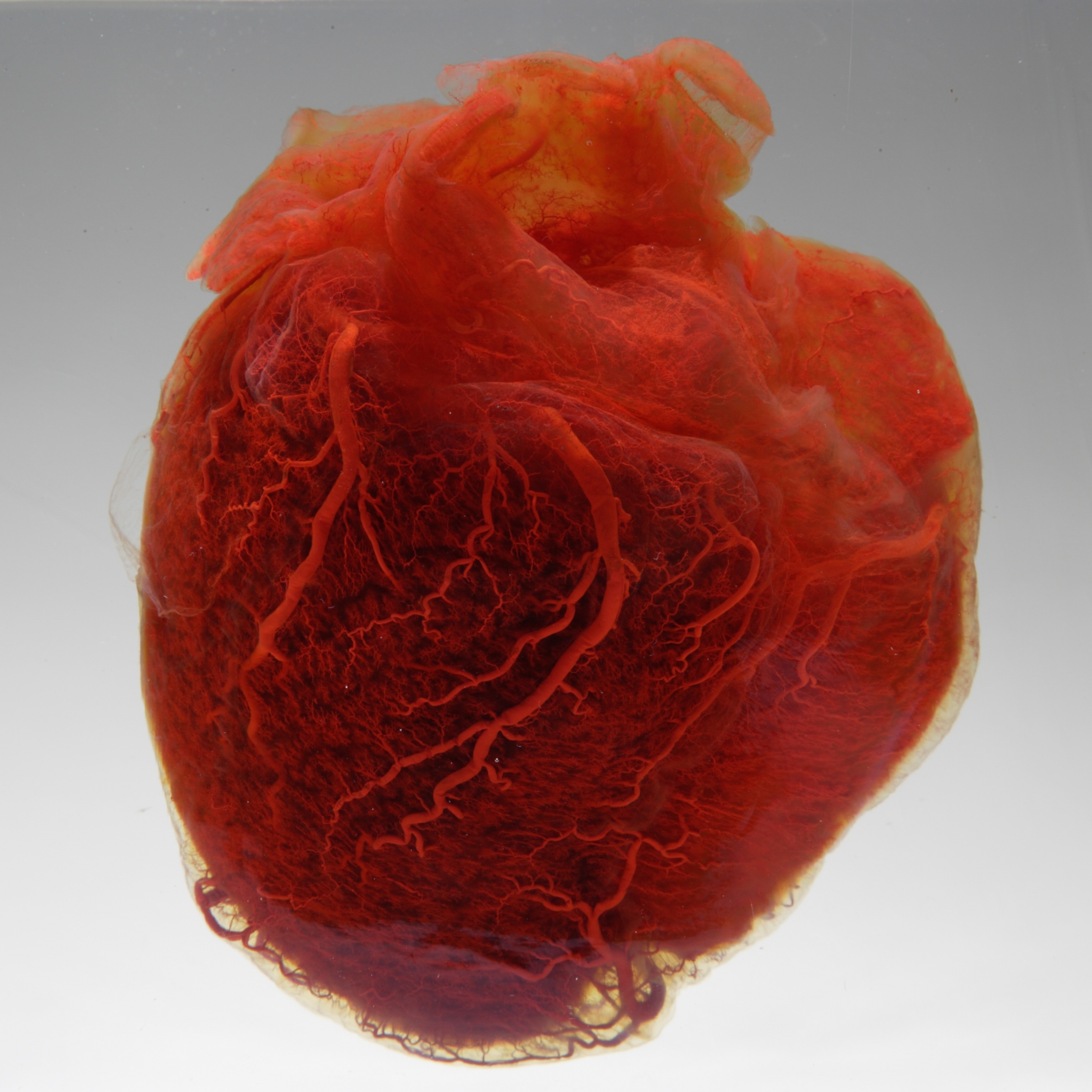Alarming levels of microplastics found in human brains
A new study finds that microplastics and nanoplastics accumulate at higher levels in the brain than in the liver and kidney.

Microplastics, plastic particles fewer than 5 millimeters in size, have infiltrated the environment at an alarming rate as worldwide plastic use increases. Levels of microplastics found in the environment have surged in the past few decades, with current plastic production at more than 300 million tons annually, and an estimated 2.5 million tons floating in the world’s oceans as of 2023, over ten times their 2005 levels.
A new study in Nature Medicine finds that microplastics and nanoplastics—which are even smaller at 1 to 1000 nanometers in size—accumulate at higher levels in the human brain than in the liver and kidneys. The study also finds significantly higher concentrations of microplastics and nanoplastics in 2024 samples compared to 2016 samples, and higher levels in brains from people diagnosed with dementia.
Although the study does not establish a cause-and-effect relationship between these plastic particles and dementia, it raises questions about the possible health consequences of exposure to plastics. While scientists know these plastics are in our bodies, how they impact our health is unclear.
“We think this is simply mirroring the environmental buildup and exposure,” says study author Matthew Campen, professor of pharmaceutical sciences at the University of New Mexico. “People are being exposed to ever-increasing levels of micro and nanoplastics.”

Plastic pollution is growing exponentially
Microplastics and nanoplastics (MNP) can be invisible to the naked eye and come from larger plastic products—like soda bottles, shopping bags, and Styrofoam containers—breaking down in the environment.
Scientists have studied MNPs in the oceans since the 1970s. Marine animals have been found to have microplastics in their bodies, absorbed from the water and from eating contaminated fish. Microplastics also accumulate in the tissues of other animals that people eat like pigs, cows, and chickens.
MNPs can end up in the air too: indoor air especially tends to contain more MNPs than outdoor air, due to shedding of particles from plastics in clothing, furniture, and household products.
(Human-made materials now equal weight of all life on Earth)
After we inhale these particles, they can travel through the body and end up in various organs. Studies have found MNPs in human lungs, placentas, blood vessels, and bone marrow.
A 2024 study found evidence that MNPs can pass through the blood-brain barrier, a selective filter that controls what can enter the brain from the bloodstream. While it was previously thought only the smallest nanoplastics could pass the barrier, this study found larger microplastics can enter the brain too.
Microplastics and nanoplastics in the brain
This study published today confirms the presence of MNPs in the brain—and at shocking levels.
The study examined 52 human brain samples from 2016 and 2024, all taken from the frontal cortex, the part of the brain responsible for judgment, decision making, and muscle movement. The researchers also looked at liver and kidney samples from the same bodies, analyzing all tissue using microscope imaging and molecular analysis to identify the chemical composition.
Brain and liver samples from 2024 had significantly higher concentrations of MNPs compared with those from 2016. The total mass of plastics in the brains studied increased by about 50 percent between 2016 and 2024, and the researchers suggest drastically increasing concentrations of MNPs in our homes, air, and water could be to blame.
“I’m quite shocked by the amount of microplastics they find,” says Emma Kasteel, neurotoxicologist at Utrecht University in the Netherlands. “It was a lot higher than I would have expected.”
Growing levels of microplastics in the environment are reflected in the new findings, says Kasteel, with more exposure likely the cause of more plastic particles in the organs.
The brain samples overall had 7 to 30 times more MNPs compared with liver and kidney samples. Particles found in the brain were mostly tiny shards or flakes of polyethylene, one of the most common plastics in the world, often used in packaging.
It makes sense that MNPs accumulate more in the brain compared to other organs, says Kasteel. Inhalation through the nose to what’s called the olfactory bulb, the part of the brain that processes smell, gives MNPs in the air a more direct route to the brain than to other organs.
(Human-made materials now equal weight of all life on Earth)
Campen points out the age of the person was not associated with the amount of plastic in the organs, meaning the body does clear the plastic in some way—if not, older individuals’ organs would just continue to accumulate more and more plastic over the years.
Another notable finding was that MNP levels were about three to five times higher in 12 brains from people who had been diagnosed with dementia. The researchers clarify this does not necessarily mean MNPs cause dementia, but it shows an association that should be studied further.
Kasteel says the connection is likely because people with dementia tend to have blood-brain barriers that don’t function as well as a filter as in healthy people, meaning the high concentration of MNPs could be a consequence of dementia rather than a cause.
Unclear health impacts and precautionary solutions
While scientists don’t fully understand the health impacts of MNPs in the brain, they are calling for more research to better understand whether they are harmful. Studies have shown MNPs in arteries can be a risk factor for cardiovascular disease, and that cancer cells in the stomach can spread faster after contact with MNPs.
“More and more studies show that plastics are present in the brain, including this new one, and they shouldn’t be there,” says Kasteel. “We don’t know that much about the health effects, but the fact is that they are there and they shouldn’t be there, and maybe that’s worrying enough.”
Campen’s research team wants to look at the whole brain next, to understand if there’s more plastic accumulation in one specific area, and to see if that links to any specific health outcomes.
While there is no way to completely avoid exposure to plastics, Kasteel says that on a personal level there are small choices you can make that can reduce exposure: minimizing single-use plastics, ventilating your home well and vacuuming regularly to remove dust and plastic debris, and avoiding cosmetic products that intentionally add MNPs like scrubs with plastic beads.
Scientists are also developing solutions to reduce microplastics in the environment. There’s a type of worm that eats polystyrene, and fungi and microbes that break down plastics in the environment. Scientists are developing new types of filters to remove MNPs from drinking water.
“Plastic is everywhere. Most people cannot imagine a world without plastic… even if we stop producing plastic right now, the world will still be full of microplastics,” says Kasteel. “So it’s good to think about mitigation measures, applying a precautionary principle, and seeing what we can do to minimize exposure, to maybe prevent certain health risks that there might be.”







